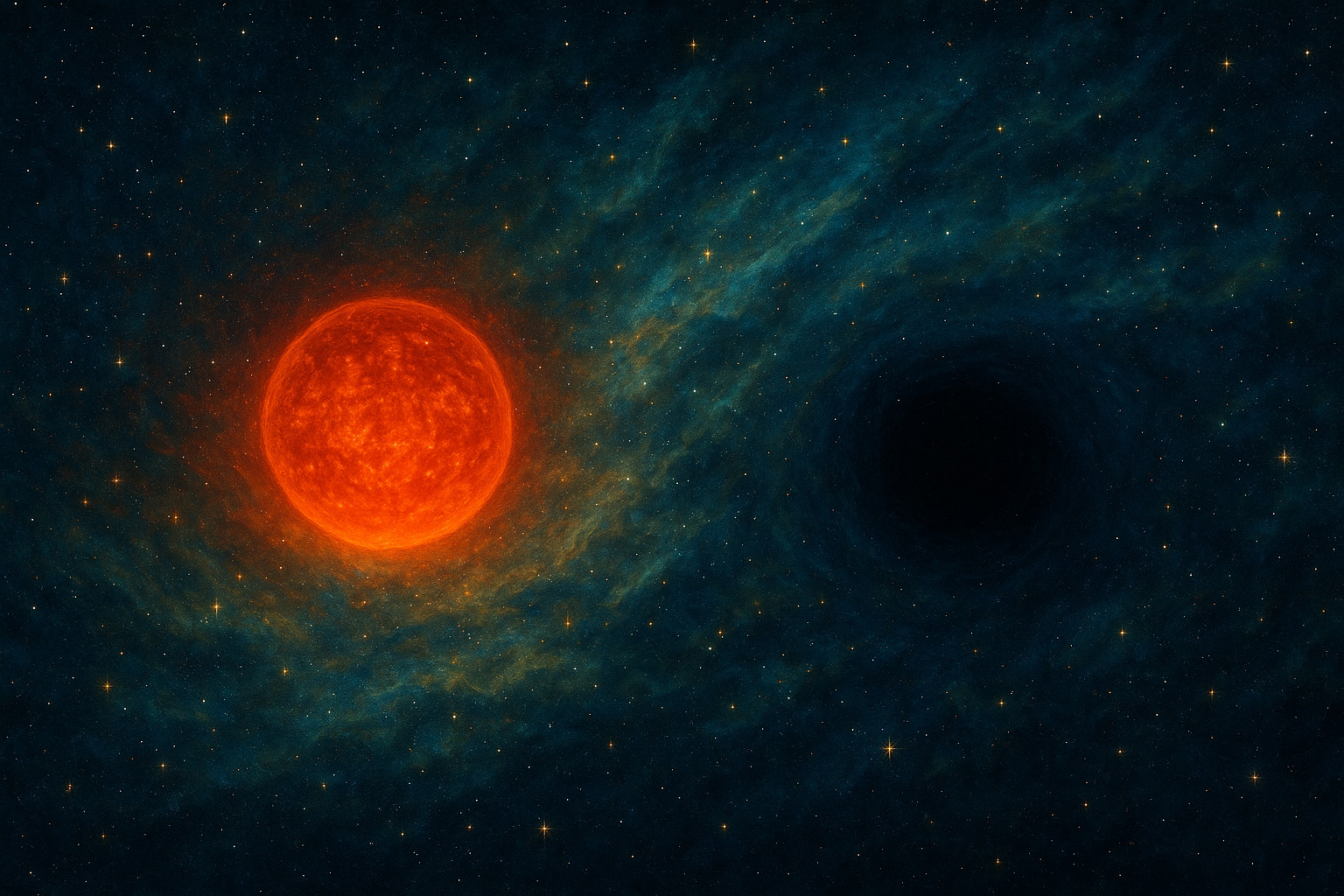🌌 The Star That Vanished Into Nothingness: The Cosmic Mystery of N6946-BH1
Have you ever heard of a star that suddenly disappears from the sky?
No, this isn’t the beginning of a fantasy novel. It really happened. A star—huge, red, and as bright as hundreds of thousands of Suns—simply… vanished. No dazzling explosion, no naked-eye flash. One moment it was there, the next—it was gone.
Its name is N6946-BH1, but for astronomers, it's something far more poetic: the missing star.
🧭 A shining dot in the Fireworks Galaxy
The galaxy where it once resided—NGC 6946, about 22 million light-years from Earth—is nicknamed the “Fireworks Galaxy,” known for its unusually high number of supernovae.
In 2009, telescopes captured a massive red supergiant (yes, our stella scomparsa) glowing intensely. It looked ready to go out with a bang. Astronomers prepared to witness a supernova. But the cosmos had a very different show in mind.
❌ The supernova that never came
From 2009 to 2015, the star began behaving oddly: a slight increase in brightness… followed by a slow, steady dimming. By 2015, it had disappeared from optical view.
Space telescopes Hubble and Spitzer confirmed it: no explosion, no expanding cloud of gas, no afterglow. Just… darkness.
A strange and thrilling possibility began to take shape: what if the star had collapsed directly into a black hole? No bang. No light. No farewell.
🕳️ A silent birth of a black hole?
According to recent astrophysical models, 10 to 30% of massive stars may end their lives this way: without a supernova, without drama. Just a quiet collapse, folding in on themselves, their light vanishing into a gravitational abyss.
N6946-BH1 might be the first observational evidence of a failed supernova. A once-theoretical, almost mythical event. And yet—where a star once gleamed—now lies only silence. Or better said: faint infrared emissions, just like those expected from matter falling into a newly formed black hole.
🕵️♂️ An open case (for now)
Astronomers haven’t shelved the mystery yet. Instruments like the James Webb Space Telescope are still watching. But if the theory holds, N6946-BH1 is not just a cosmic curiosity—it’s a new chapter in stellar death.
A paradigm shift.
Until now, we thought black holes were always born with a bang. But the universe, it seems, also knows how to be subtle. Like a magician making a card disappear… with no trick, no sleight of hand.
🌠 What if it happened in our sky?
Imagine if one of the stars you can see with your naked eye just vanished overnight. It would be fear and poetry, awe and wonder, all at once.
N6946-BH1 reminds us that even stars die—and not always with fireworks. Sometimes, they fade into nothing, like forgotten dreams or lost loves.
But even though we no longer see it, that star still exists—maybe as a black hole, maybe just in our memory every time we look up and ask ourselves:
"Where did it go?"








Leave a Comment